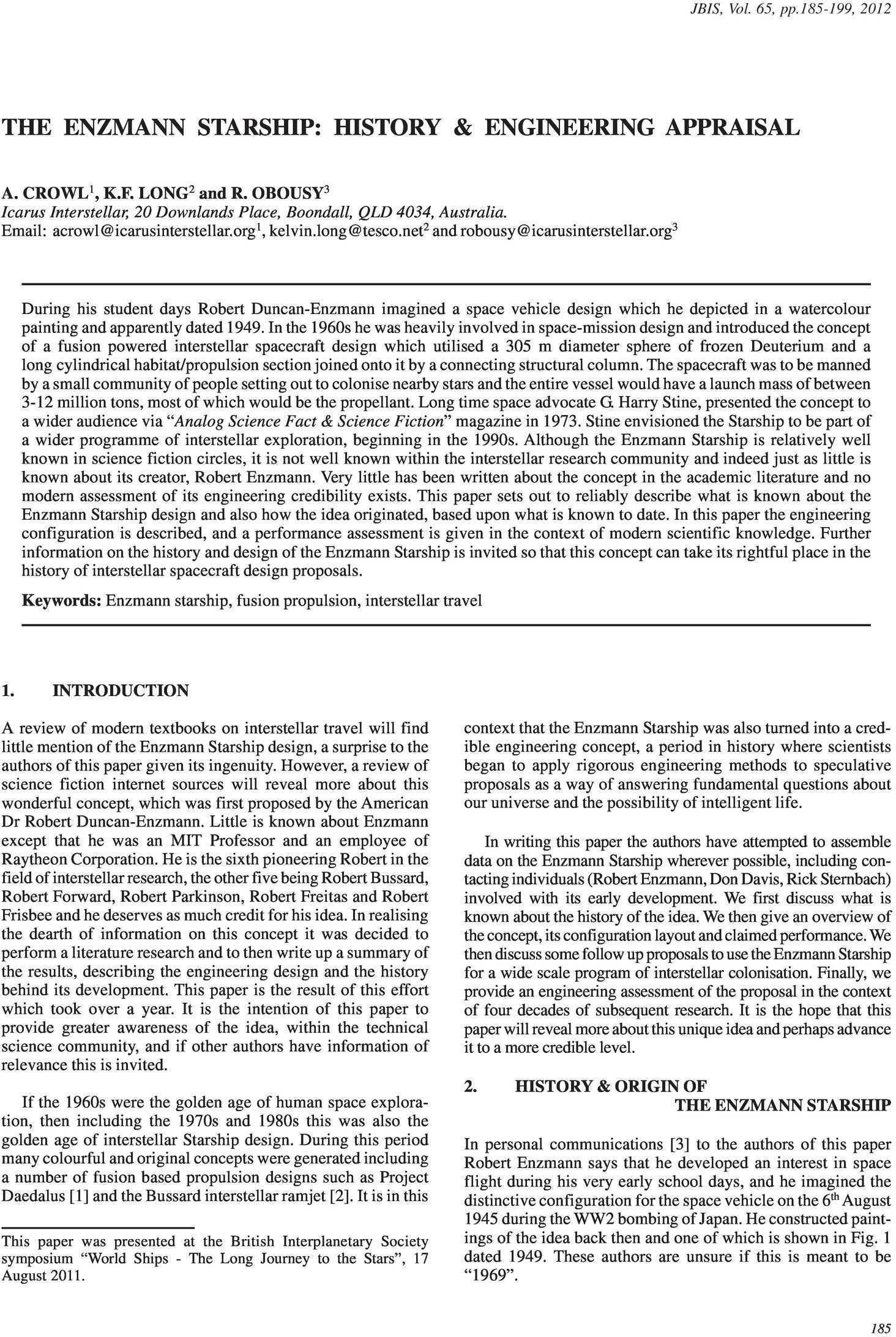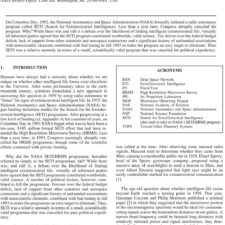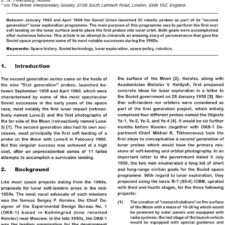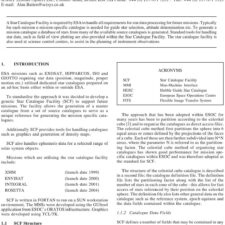The Enzmann Starship: History and Engineering Appraisal
£5.00
A. Crowl; K. F. Long; R. Obousy (2012), JBIS, 65, 185-199
Refcode: 2012.65.185
Keywords: Enzmann starship, fusion propulsion, interstellar travel
Abstract:
During his student days Robert Duncan-Enzmann imagined a space vehicle design which he depicted in a watercolour painting and apparently dated 1949. In the 1960s he was heavily involved in space-mission design and introduced the concept of a fusion powered interstellar spacecraft design which utilised a 305 m diameter sphere of frozen Deuterium and a long cylindrical habitat/propulsion section joined onto it by a connecting structural column. The spacecraft was to be manned by a small community of people setting out to colonise nearby stars and the entire vessel would have a launch mass of between 3-12 million tons, most of which would be the propellant. Long time space advocate G. Harry Stine, presented the concept to a wider audience via “Analog Science Fact & Science Fiction ” magazine in 1973. Stine envisioned the Starship to be part of a wider programme of interstellar exploration, beginning in the 1990s. Although the Enzmann Starship is relatively well known in science fiction circles, it is not well known within the interstellar research community and indeed just as little is known about its creator, Robert Enzmann. Very little has been written about the concept in the academic literature and no modern assessment of its engineering credibility exists. This paper sets out to reliably describe what is known about the Enzmann Starship design and also how the idea originated, based upon what is known to date. In this paper the engineering configuration is described, and a performance assessment is given in the context of modern scientific knowledge. Further information on the history and design of the Enzmann Starship is invited so that this concept can take its rightful place in the history of interstellar spacecraft design proposals.





